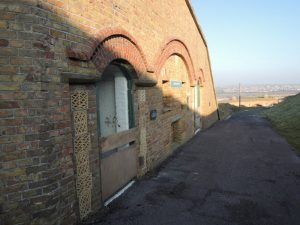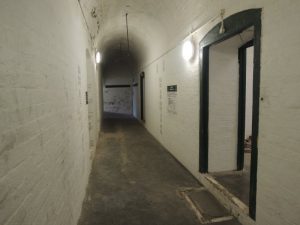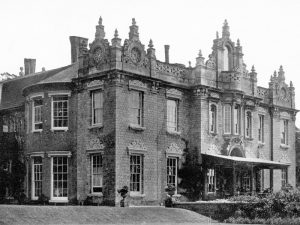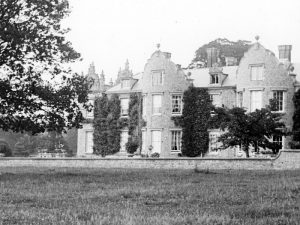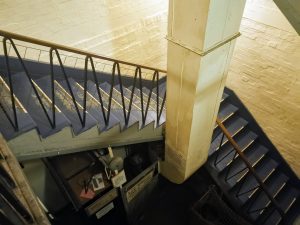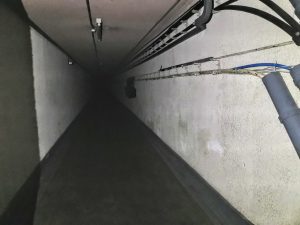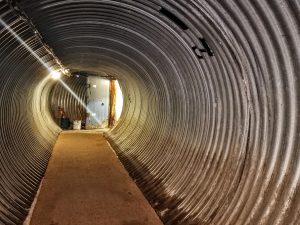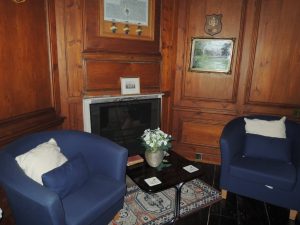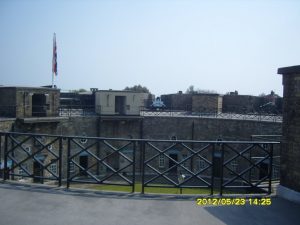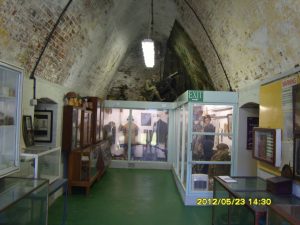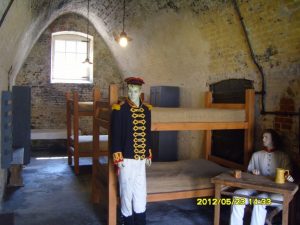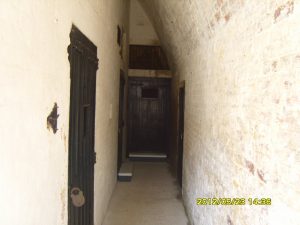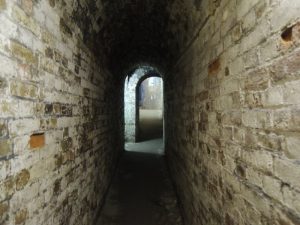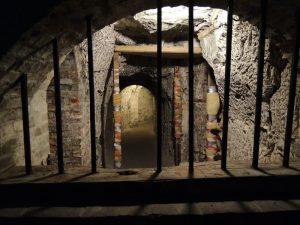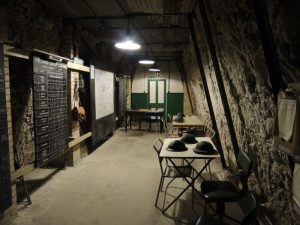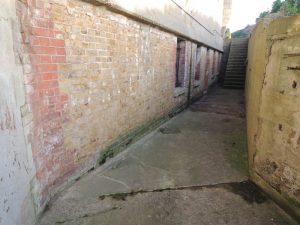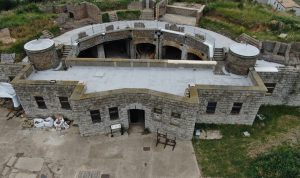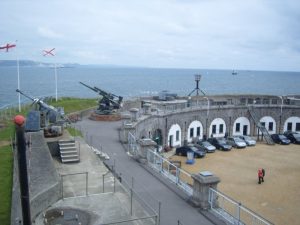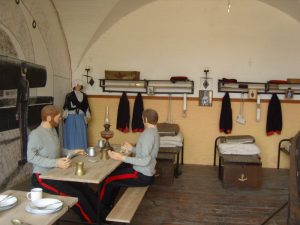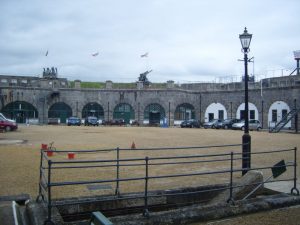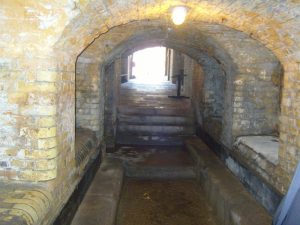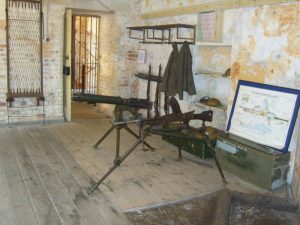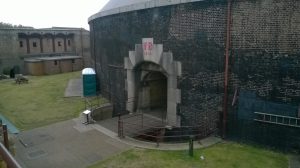Event Showcase: Newhaven Fort
https://www.ghosthuntevents.co.uk/newhaven-fort.php
History of Newhaven Fort
Newhaven Fort is a Palmerston fort built in 1864, with a workforce of 250 men and three steam engines. completed in the summer of 1871.
The fort was originally armed in the 1870s and rearmed in 1906.
The guns were replaced in 1941. The army vacated the fort in 1962. Restoration began in 1982.
Ghost Hunting
There are numerous reports from visitors to the Fort, when walking into the main tunnels, or the caponier, of being pushed and seeing dark figures slipping into the shadows. Other reports include sounds and smells, people have reported the noises of chains clinking. Some believe it is the ghost of a woman called Martha who committed suicide at the fort. Other occurrences happen in the magazines and laboratory.
People have reported hearing the sounds of soldiers boots, footsteps and shuffling, moans of suffering have also been heard and reported on numerous occasions.
We have been investigating #NewhavenFort since 2017 and have witnessed; diembodied voices, footsteps, whistles and more. People have seen the backs of what they thought were real people, when in fact it couldn’t have been anyone. People have heard their names being called whilst in the tunnel to the Caponier. In the Laboratory footsteps have been heard and footprints have been left (one of our investiagtions it had been snowing and footprints appeared in the snow walking into the Laboratory whilst we we inside!)
Our favourite areas are; The Caponier & the magazine rooms near it, the Laboratory, the large Magazines at the top of the Fort and even the semi-outdoor gun battery where we have heard voices and a strange clicking or tapping during one of our séance sessions. Just about any part of this fort is good for any activity and we have tried all activities in most parts of the fort.
Watch our videos at https://www.youtube.com/playlist?list=PLqWQMrZeI7VS2PNN1Ut7YeZDjqxdjvi0F

